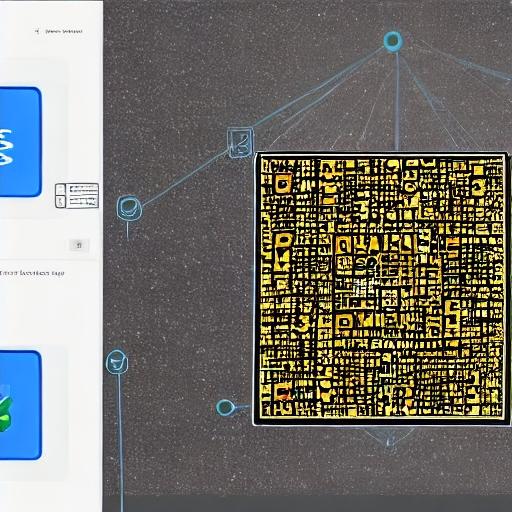In recent years, Non-Fungible Tokens (NFTs) have captured the attention of the art world and tech enthusiasts alike. These unique digital assets have revolutionized the concept of ownership in the digital space. But where did NFTs come from? Let’s dive into the origin story of NFTs and explore how they evolved into a booming industry.
The concept of digital ownership traces back to the early days of the internet, where digital files could be easily copied and shared without any restrictions. This posed a significant challenge for creators and artists who struggled to protect the value of their work. However, everything changed with the introduction of blockchain technology.
Blockchain, the underlying technology behind cryptocurrencies like Bitcoin, brought a solution to the problem of digital ownership. By utilizing a decentralized ledger, blockchain ensured transparency, security, and immutability. These characteristics were the perfect ingredients for the birth of NFTs.
The first major milestone in the creation of NFTs was the launch of the Ethereum blockchain in 2015. Ethereum introduced a programmable blockchain that allowed developers to build decentralized applications (DApps) on top of it. This programmability unlocked a world of possibilities, including the creation and trading of unique digital assets.
A breakthrough moment for NFTs came in 2017 with the release of CryptoKitties, a blockchain-based game that allowed users to collect and breed digital cats. Each CryptoKitty was represented as an NFT, which could not be replicated or destroyed. This game introduced the concept of scarcity into the digital world and gave birth to the NFT craze we see today.
CryptoKitties gained massive popularity, causing congestion on the Ethereum network and significantly raising awareness about NFTs. It demonstrated the potential of NFTs not only in the gaming industry but also in various other sectors, such as art, music, and collectibles.

Following the success of CryptoKitties, artists and creators began exploring the possibilities of NFTs in the art world. In 2018, the artist Beeple (Mike Winkelmann) entered the NFT space and started selling his digital art pieces as NFTs. His groundbreaking artwork, “Everydays: The First 5000 Days,” was sold at auction for a staggering $69 million in 2021, making history as one of the most expensive NFT sales to date.
With each passing day, NFTs continue to evolve and find their place in various industries. From digital art to music albums, virtual real estate to virtual fashion, NFTs are transforming the way we perceive and trade digital assets. They have opened up new revenue streams for creators, enabling them to directly monetize their work and connect with their audience.
As the popularity of NFTs grows, so does the need for platforms and marketplaces dedicated to trading these unique digital assets. Marketplaces like OpenSea, Rarible, and NBA Top Shot have emerged to facilitate the buying and selling of NFTs, allowing collectors and enthusiasts to explore a vast array of digital creations.
In conclusion, NFTs have come a long way since their inception. From their humble beginnings in the gaming world to becoming a multi-billion dollar industry, NFTs have revolutionized the concept of digital ownership. With blockchain technology as their foundation, NFTs offer a secure and transparent way of owning and trading unique digital assets. As the journey of NFTs continues, we eagerly await the next groundbreaking use case and the exciting future they hold.
